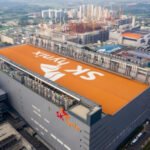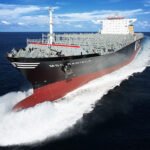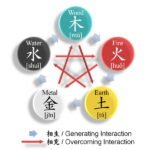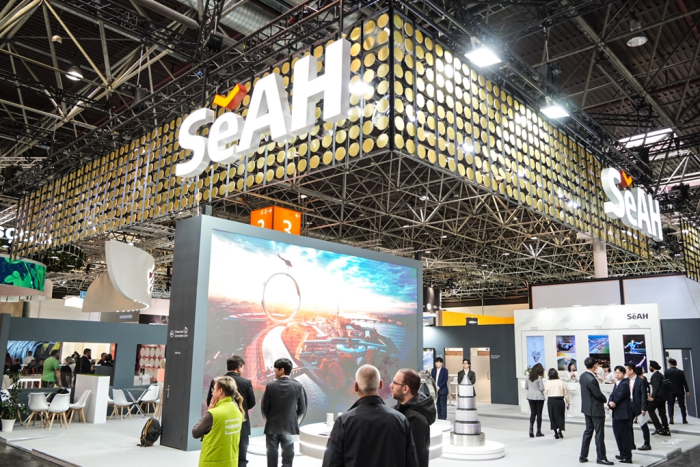
South Korea’s specialty alloy producers are stepping up investment to capture booming demand from defense and aerospace industries, as global rearmament and private space launches drive a surge in high-performance metals.
SeAH Besteel Holdings Corp. and Poongsan Corp. are leading the push, betting that demand for ultra-durable alloys used in jet engines, rockets and gas turbines will nearly double over the next five years.
The rally in the niche but lucrative segment has even sparked speculation that POSCO, Korea’s top steelmaker under POSCO Holdings Inc., could re-enter the business it exited more than a decade ago.
According to industry sources on Friday, SeAH Besteel plans to begin full-scale production at its new specialty alloy plant in Texas in the second half of next year.
The company invested 210 billion won ($148 million) in the facility, its first manufacturing base in the US, which will produce around 6,000 tons of specialty alloys annually for US clients.
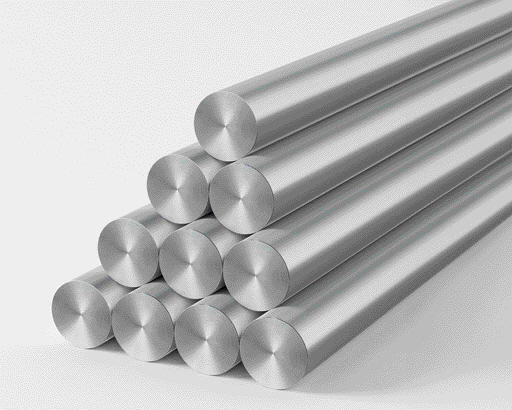
SEAH ENTERS US MARKET WITH HIGH-END ALLOY
SeAH chose the high-end alloy business for its first US foray because of strong demand and limited competition, which translates into far higher margins than conventional steel.
While operating margins for commodity-grade steel have slipped to about 3%, specialty alloys can yield profits exceeding 20%, according to company estimates.
Global demand for specialty alloys, estimated at 573,000 tons last year, is projected to reach nearly 990,000 tons by 2031, creating a market worth 21.6 trillion won at current prices.
About half of global demand originates in the US, reflecting its dominance in defense and aerospace manufacturing.
Specialty alloys are essential for next-generation fighter jets, spacecraft and turbine engines supplied to companies such as Lockheed Martin, Boeing, GE Aerospace, SpaceX and NASA.
Beyond defense, energy applications are becoming a key growth driver.
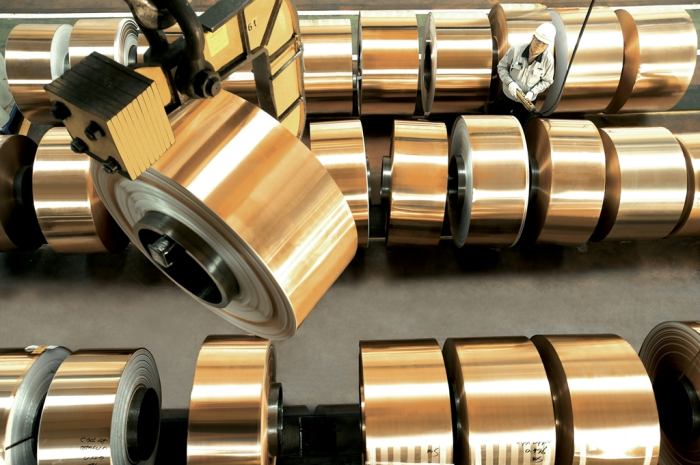
GROWING LIST OF APPLICATIONS
Gas turbines used in nuclear, wind and small modular reactors (SMRs) all rely on heat-resistant alloys.
Rising demand from semiconductors, batteries, medical devices and advanced energy systems is adding further momentum, analysts said.
SeAH Besteel is expected to review an expansion of its US plant once it assesses next year’s order pipeline.
The company aims to generate more than 1 trillion won in annual revenue and over 200 billion won in operating profit from its US operations.
Last year, it reported 3.6 trillion won in sales and 52.3 billion won in operating profit.
Poongsan, another Korean metals producer best known for its copper products, is also exploring a move deeper into the specialty alloy segment.
The company already possesses technologies for producing base materials used in advanced alloys and is considering further investment, according to industry sources.

“Poongsan’s current focus is on copper-based alloys, but its technological base makes expansion into nickel- or cobalt-based superalloys feasible,” said one of the sources.
POSCO SEEN WEIGING A RETURN TO SPECIALTY ALLOY SECTOR
Smaller Korean suppliers such as HVM and KPCM are likewise ramping up facilities while seeking exports to the US and other markets.
HVM, which operates a 2,400-ton-per-year plant in Seosan is building a second facility with an annual capacity of 15,000 tons.
The sharp rise in global demand has prompted speculation that POSCO, the world’s sixth-largest steelmaker, could return to the specialty alloy business.
POSCO sold its specialty steel unit to SeAH in 2014, citing the market’s limited scale at the time.
“With the steel industry undergoing broad restructuring, high-margin segments like specialty alloys are drawing renewed attention,” said an industry official. “We may see more Korean steelmakers pivot toward this field as they seek new growth engines.”
By Sang-Hoon Sung
uphoon@hankyung.com
In-Soo Nam edited this article.

